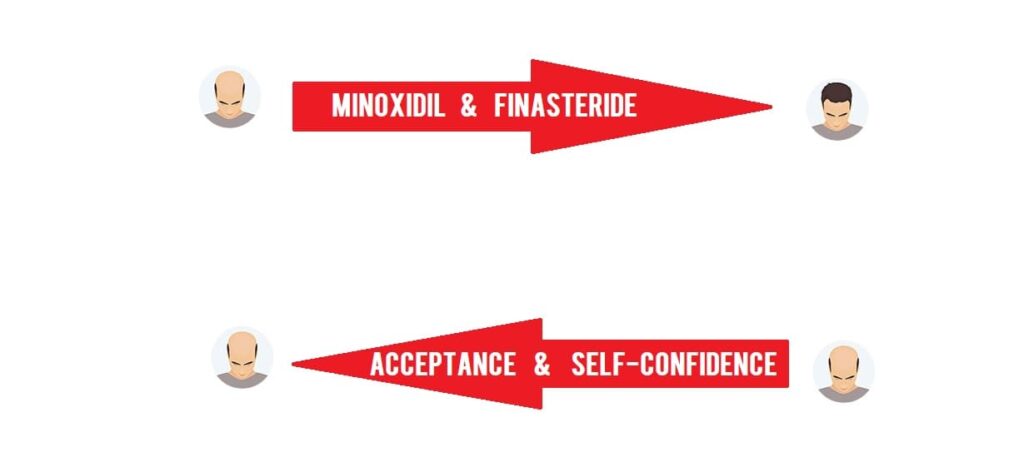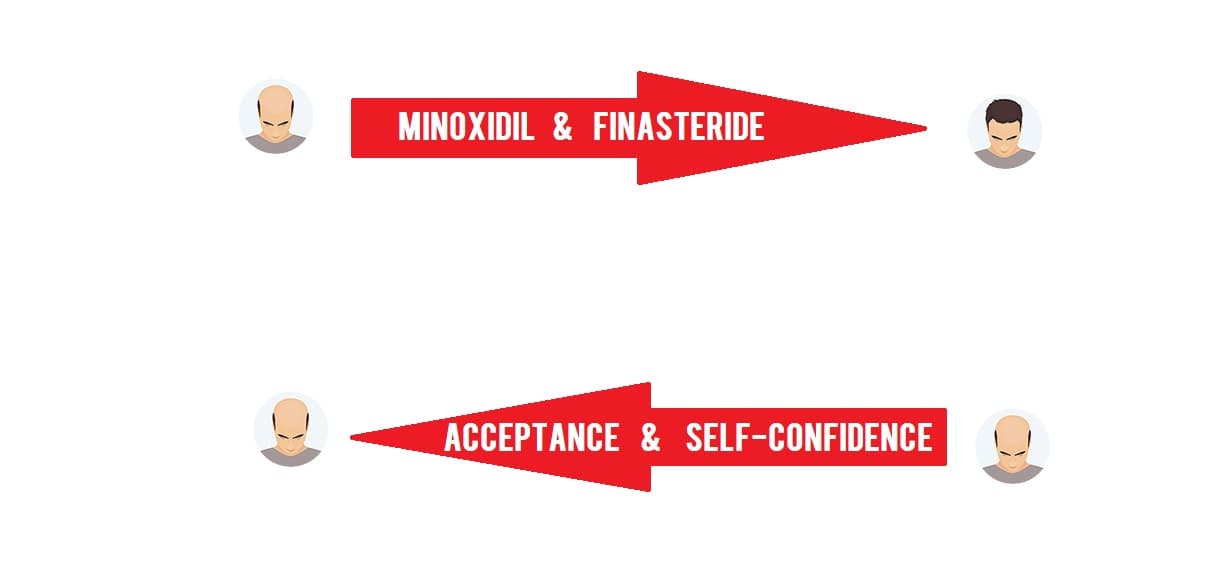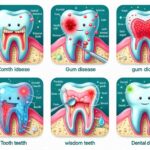Hair loss is a common concern among men, and it can be a source of frustration and self-consciousness. Whether you’re in your 20s or beyond, dealing with hair loss can be challenging, but there are various options available to address this issue. In this comprehensive guide, we will explore the causes of hair loss, different treatment options, and personal stories from individuals who have tackled this problem head-on.

Understanding Hair Loss in Men
What Causes Hair Loss?
Hair loss in men is often attributed to genetic factors, specifically androgenic alopecia, commonly known as male pattern baldness. This condition is influenced by a combination of genetics and hormones, primarily dihydrotestosterone (DHT). DHT is a hormone that affects hair follicles, causing them to shrink and eventually stop producing hair.
Aside from genetics, several other factors can contribute to hair loss, including:
- Nutritional Deficiencies: A lack of essential vitamins and minerals can weaken hair follicles and lead to hair loss.
- Stress: High levels of stress can trigger a type of hair loss called telogen effluvium, where hair follicles go into a resting phase prematurely.
- Medical Conditions: Certain medical conditions, such as thyroid disorders and autoimmune diseases, can lead to hair loss.
- Medications: Some medications, like chemotherapy drugs, can cause hair loss as a side effect.
Popular Treatment Options
When it comes to treating hair loss, there are numerous options available, ranging from topical treatments to surgical procedures. Here are some of the most commonly used treatments and their effectiveness:
| Treatment | How It Works | Effectiveness |
|---|---|---|
| Minoxidil | Topical solution that promotes hair regrowth | Moderate |
| Finasteride | Oral medication that blocks DHT production | Moderate |
| Biotin | A supplement that supports hair health | Limited |
| Redensyl | A hair growth ingredient used in some products | Limited |
| Derma Rollers | Microneedling devices that stimulate hair growth | Limited |
| Keratin | Protein treatment for strengthening hair | Limited |
| Collagen | A protein that may support hair growth | Limited |
Minoxidil and Finasteride: Among the treatments listed, minoxidil and finasteride are the most widely recognized and FDA-approved options for combating hair loss. Minoxidil is a topical solution that promotes hair regrowth, while finasteride is an oral medication that blocks the production of DHT. Personal experiences with these medications vary, with some individuals reporting positive results and others encountering side effects.
Derma Rollers: Microneedling with derma rollers is an evidence-based treatment that involves creating tiny micro-injuries on the scalp, stimulating blood flow and encouraging hair growth. While it has shown promise, its effectiveness may vary from person to person.
It’s important to note that individual responses to these treatments can differ significantly. Some people may experience minimal side effects, while others may find certain treatments less effective. It’s advisable to consult with a healthcare professional before starting any hair loss treatment to discuss potential risks and benefits.
Personal Stories and Insights
Minoxidil and Finasteride: The Gold Standard
Minoxidil and finasteride are often considered the gold standard treatments for male pattern baldness. These FDA-approved options have been widely used and have garnered both praise and concern.
Minoxidil: Some users have reported positive results with minoxidil, experiencing regrowth and increased hair density. However, it’s important to use it consistently, as discontinuing its use can lead to hair loss resuming.
Finasteride: Finasteride has also been effective for many individuals, with reports of halted hair loss and even regrowth. However, it is not without controversy, as some users have experienced side effects, including reduced libido and mood changes.
It’s worth noting that the effectiveness of these treatments can vary based on the individual’s unique response and the stage of hair loss.
The Debate over Side Effects
The discussion around the side effects of finasteride is a hot topic among those seeking hair loss treatments. While some users have experienced side effects, such as changes in sexual function and mood, others have reported minimal to no adverse effects.
Research suggests that approximately 2% of finasteride users may experience side effects, and these effects can vary in severity. It’s crucial to consult with a healthcare professional before starting finasteride and to monitor any potential side effects closely.
Microneedling with Derma Rollers: An Emerging Option
Microneedling with derma rollers is an emerging treatment option for hair loss. This technique involves using a device with tiny needles to create micro-injuries on the scalp, which can stimulate blood flow and promote hair growth.
While derma rollers have shown promise in some studies, it’s important to approach this treatment with caution. It can be painful, and results may vary from person to person. Consulting with a dermatologist or healthcare provider before attempting microneedling is advisable.
Acceptance and Self-Confidence
Hair loss can be a deeply personal and emotional journey. While many seek treatments to address it, there’s also a growing movement of individuals who choose self-acceptance and embrace their baldness.
The Acceptance Gang: Some people find peace in accepting their hair loss and choose not to pursue treatments or surgeries. They prioritize self-confidence and believe that a bald head can be a powerful and attractive look.
It’s essential to remember that everyone’s experience with hair loss is unique, and there’s no one-size-fits-all solution. Whether you decide to pursue treatments, embrace baldness, or explore other options, the most important thing is to feel confident and comfortable in your own skin.
Affordable Treatment Options
Affordability is a significant factor when considering hair loss treatments. Some treatments can be costly, but there are more budget-friendly options available as well.
Finasteride in India: In India, finasteride is relatively affordable, with some brands available at a low cost, making it accessible to a broader population. However, it’s crucial to consult with a healthcare professional before starting any medication.
Topical Minoxidil: Topical minoxidil is another cost-effective option, as it’s available as an over-the-counter product in many countries. It’s essential to use it consistently to see potential benefits.
The Importance of Dosage
When using medications like finasteride, the dosage plays a crucial role in both effectiveness and potential side effects. Here are some considerations:
- Proper Dosage: Finasteride works by reducing the enzyme that converts testosterone to DHT, a hormone linked to hair loss. While the standard dose is 1mg, lower dosages have also shown efficacy for some individuals. Finding the right dosage that works for you may involve adjustments over time.
- Monitoring Side Effects: It’s essential to monitor any potential side effects while taking finasteride. If you experience adverse effects, such as changes in libido or mood, consult your healthcare provider. These effects are typically reversible upon discontinuation of the medication.
The Role of Genetics
Genetics play a significant role in hair loss, and family history can provide valuable insights. If male pattern baldness runs in your family, it’s essential to be proactive in addressing hair loss as early as possible to potentially slow or reverse its progression.
Lifestyle Factors and Hair Health
Maintaining a healthy lifestyle can also contribute to hair health and potentially slow down hair loss. Here are some lifestyle factors to consider:
- Diet: A balanced diet rich in vitamins and minerals, such as biotin and zinc, can support hair health. Foods like eggs, nuts, and leafy greens can provide essential nutrients.
- Stress Management: High levels of stress can contribute to hair loss. Incorporating stress-reduction techniques, such as meditation or exercise, into your daily routine can be beneficial.
- Scalp Care: Proper scalp hygiene and care can promote hair health. Regular washing, avoiding harsh products, and protecting your scalp from excessive sun exposure are essential.
- Smoking and Alcohol: Smoking and excessive alcohol consumption can negatively impact hair health. Quitting smoking and moderating alcohol intake can have overall health benefits, including potential benefits for your hair.
Surgical Options
For individuals seeking more dramatic and lasting results, surgical options are available:
- Hair Transplant: Hair transplant surgery involves removing hair follicles from one part of the body (usually the back of the head) and transplanting them to areas with thinning or no hair. This procedure can be highly effective, providing natural-looking results.
- Scalp Micro-pigmentation (SMP): SMP is a non-surgical procedure that involves tattooing tiny dots on the scalp to simulate the appearance of hair follicles. It’s an effective way to create the illusion of a shaved head with a closely cropped hairstyle.
- Laser Therapy: Low-level laser therapy (LLLT) uses red light to stimulate hair follicles and promote hair growth. It’s a non-invasive option that some individuals find effective.
Before considering surgical options, it’s essential to consult with a qualified specialist to discuss the best approach for your specific needs and expectations.
Conclusion
Dealing with hair loss can be a challenging journey, but it’s essential to remember that you have options. Whether you choose to pursue treatments, embrace your baldness, or explore a combination of approaches, the most important thing is to feel confident and comfortable in your own skin.
Consulting with a healthcare professional or dermatologist can provide valuable guidance on the most suitable treatments and lifestyle changes for your unique situation. Ultimately, your approach to hair loss should align with your goals, preferences, and overall well-being.













